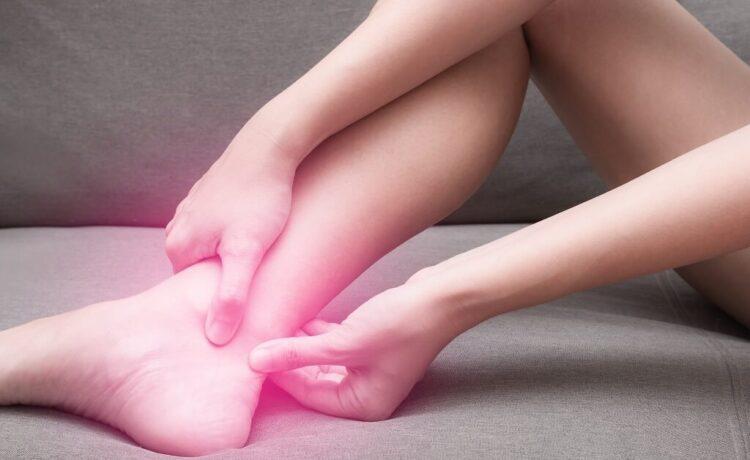The Achilles tendon is a tissue band connecting your calf muscles to the heel bone. It’s thicker and more robust than other tendons in your body.
Your doctor may suspect Achilles tendinitis if you have pain and swelling in your heel or lower leg after exercise. They’ll do a physical exam and order X-rays.
Tenderness
If your heel feels tender after a sports activity or when you stand on your toes, it may be a sign that your Achilles tendon is injured. Seeing an Achilles tendinitis specialist early can help you get relief and prevent future problems.
A doctor can diagnose Achilles tendinitis by doing a physical exam and looking for signs of pain, tenderness, or swelling. They will also assess flexibility, range of motion, alignment, and reflexes.
They may also order X-rays and ultrasounds, which use sound waves to visualize soft tissues like tendons. Your physician may recommend physical therapy if your symptoms don’t improve with self-treatment.
Your physiotherapist can teach stretching and strengthening exercises to relieve pain and restore strength. You can also take anti-inflammatory medications, such as ibuprofen or naproxen. These can reduce pain and swelling but not treat the tendon’s degeneration. It would help if you talked to your physiotherapist or healthcare provider about any medication you take and followed the instructions on the package.
Pain
If you’ve tried conservative treatment at home and still have pain, it is time to get an evaluation from Dr. Joseph Yeargain, DPM, and Dr. Joseph Agyen Jr.’s team. A physical exam will help the doctor determine your pain level, its location, and whether you have more severe problems like a tendon rupture.
During this examination, they may also order imaging tests like an ultrasound or X-ray to confirm Achilles tendinitis.
In non insertional Achilles tendinitis, the fibers of the middle part of the tendon break down with tiny tears (degenerate), swell, and thicken. In insertional Achilles tendinitis, damaged threads also calcify (harden).
The goal of treatment is to relieve the inflammation and reduce stress on the affected area. This usually means reducing or stopping activities that make the pain worse and switching to low-impact exercises such as cross-training. Wearing supportive shoes and orthotic devices can also be helpful.
Swelling
Swelling in the Achilles tendon shows that you need to see an Achilles tendinitis specialist. This common problem occurs when the tendon is irritated or inflamed.
Treatment aims to reduce pain and swelling and help the tendon heal. It may include ice packs, compression bandages, or orthotic devices that support the foot and take the stress off the Achilles tendon.
If the swelling doesn’t get better, the doctor might recommend surgery. The surgeon might do gastrocnemius recession, which lengthens one of the calf muscles to give the ankle more range of motion.
Your doctor might also suggest nonsurgical treatments like anti-inflammatory medication or physical therapy. In addition, you should rest, limit the activity that stresses your tendon, and elevate your affected foot above your heart level when you sleep at night to help it heal.
Loss of Strength
If you find it harder to walk, run, or jump, it may be a sign that you have Achilles tendinitis. This is usually caused by repetitive stress injury (overuse).
If this is the case, you can take steps to relieve your pain and avoid further injury. For example, your doctor or physiotherapist may recommend stretching exercises for your Achilles tendon, wearing shoes with orthotics (special inserts), and avoiding running on hard surfaces until the pain has gone.
Heel lifts that fit into your shoe may also help reduce strain on the tendon. These can be bought at a pharmacy or from a podiatrist.
Other treatments that ease pain include nonsteroidal anti-inflammatory drugs, injections, and physiotherapy. If these aren’t effective, surgery is an option to repair your Achilles tendon.







